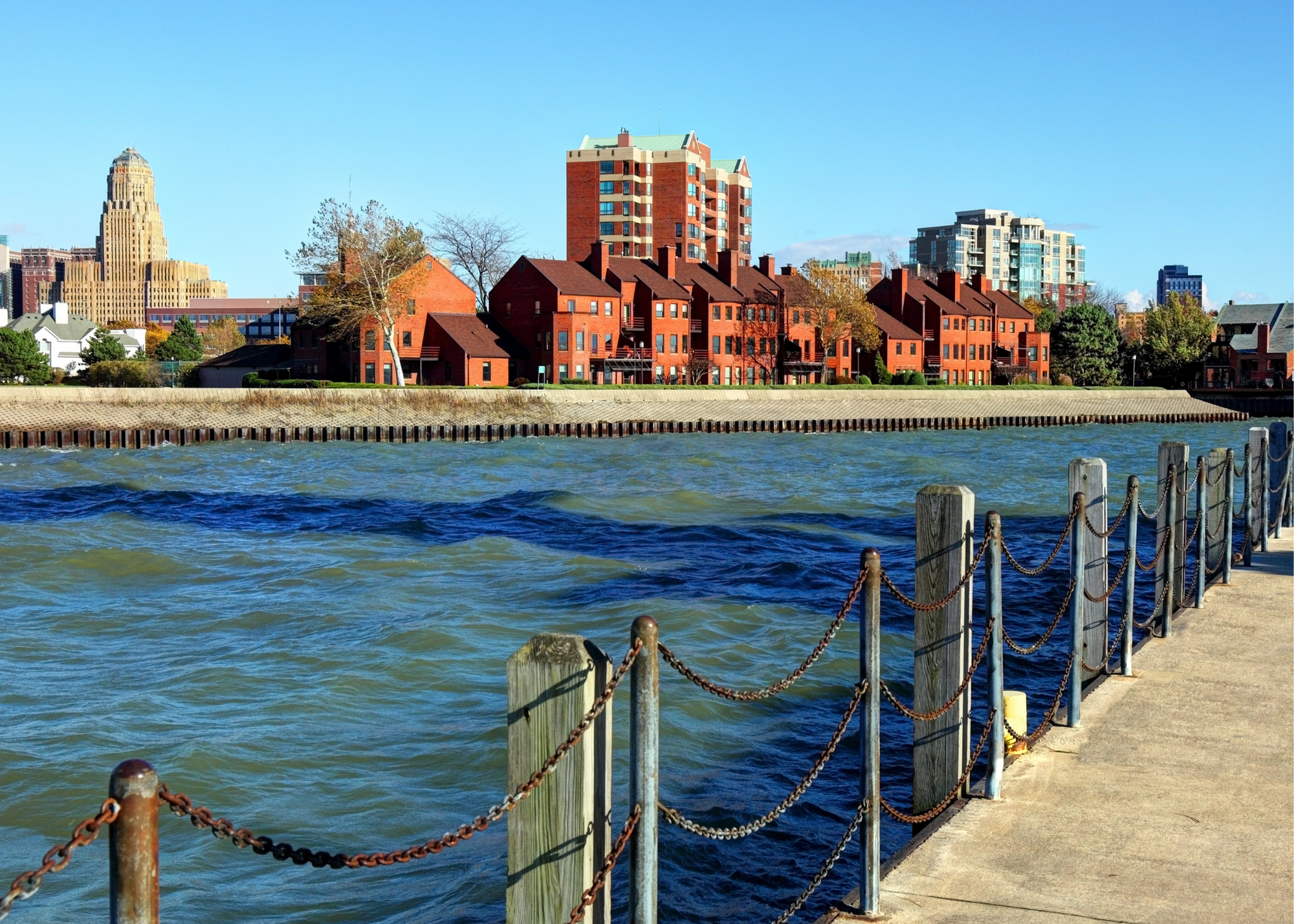
Clean Water Protections
Waters of the U.S. (WOTUS)
Waters of the U.S. (WOTUS) defines which waterways are federally protected. The Waters of the U.S. Rule and the protections offered by the Clean Water Act were weakened under the Supreme Court’s Sackett v. EPA decision. Under this new judicial interpretation, wetlands and many upstream ephemeral waters are no longer protected under the Clean Water Act, undermining Great Lakes restoration efforts and jeopardizing drinking water sources that millions of people depend on in the eight-state region of Illinois, Indiana, Michigan, Minnesota, New York, Ohio, Pennsylvania, and Wisconsin.
The Biden Administration took steps, in response to this decision, to amend its finalized Waters of the U.S. rule and published its new rule conforming to the Court’s decision. This new rule provides a protective standard and regulatory clarity for what waters remain protected – an important step in this unclear regulatory environment.
We encourage Congress to uphold the Biden Administration’s Waters of the U.S. rule.
PFAS
Increased attention is being paid to PFAS—a class of toxic forever chemicals—that are linked to serious health impacts, including cancer, increased cholesterol levels, increased risk for thyroid disease, low infant birth weights, reduced response to vaccines, liver and kidney toxicity, and pregnancy- induced hypertension.
In June of 2022, the EPA announced there is effectively no safe exposure to one specific PFAS chemical, Perflurooctane Sulfonate, commonly known as PFOS. PFOS contamination primarily comes from factories that manufactured or used the chemicals and locations where they were used as firefighting foams, such as airports and military bases. The chemicals are also abundant in everyday objects, because they’re used to make items non-stick, such as in kitchenware, or water-, oil-, or stain-resistant, in clothing and food wrapping, for example.
In late 2022, a study published in the Environmental Research Journal found that toxic PFAS chemicals are widely detected in freshwater fish across the U.S., and consuming a single fish from the Great Lakes is equivalent to drinking a month’s worth of water contaminated with high levels of PFAS. This is particularly concerning for people who rely on fish for a significant portion of their diet, such as Indigenous Peoples, some immigrant populations, and low-income communities.
Policy Asks
Too many cities and towns are living with unsafe water, and we need to do more to protect our Lakes, waterways, and drinking water sources. Legacy pollutants persist, lead pipes contaminate drinking water, PFAS threatens human and environmental health, and rollbacks to federal regulations have weakened clean water protections.
Congress must make addressing these regional and national issues a priority:
Protect core EPA and USACE staffing critical to implementing and enforcing clean water protections.
Support efforts to reinstate longstanding Clean Water Act protections for wetlands and waterways that safeguard downstream communities and the environment that have lost protected status.
Support the establishment of drinking water standards for toxic PFAS, ensuring dischargers are subject to limits under the Clean Water Act and fund remediation.
Direct EPA to exercise its responsibility under the Clean Water Act to establish numeric water pollution standards for nutrients and other pollutants driving toxic algal blooms.
